23 Amazing European Beans Every Food Lover Needs To Know
European beans represent a culinary treasure trove brimming with nutritional power and cultural significance.
These legumes have shaped dietary traditions across diverse landscapes and climates.
Ancient agricultural practices transformed simple seeds into remarkable protein sources that nourish populations.
Farmers carefully cultivate unique varieties that reflect regional soil compositions and environmental conditions.
Remarkable for their versatility, these beans contribute complex flavors and essential nutrients to countless traditional recipes.
Nutritionists recognize their substantial health benefits, from supporting heart wellness to providing sustainable energy.
Each bean tells a story of agricultural heritage and nutritional innovation: Let me walk you through 23 remarkable European beans:
European Beans Types That Brighten Any Plate
European beans, from tiny lentils to buttery favas, lend richness and nutrition to classic dishes. Discover the types that make stews and salads sing with flavor.
Fasolia Plake Megalosperma Prespon Florinas
Fasolia Prespon Florinas are premium white beans celebrated for their exceptional flavor and unique origin in Greece's Fiorina prefecture.
Grown since the 16th century in warm, fertile soil, these large beans boast distinctive organoleptic qualities from their specific microclimate.
Thin-skinned and easily prepared, they cook to a tender consistency with remarkable creaminess.
Their soft texture makes them perfect for traditional Greek fasolatha soup.
Farmers carefully cultivate these beans in rural Prespon areas using generations-old agricultural techniques.
Agricultural conditions contribute significantly to their superior taste and texture.
Locals prize these beans for their rich flavor and nutritional value.
Culinary experts consider them a regional specialty with deep cultural significance.
Mongeta Del Ganxet
Mongeta del Ganxet are premium white beans from Catalonia with an exceptionally creamy texture and remarkably thin skin.
Grown in Valles Occidental, Valles Oriental, El Maresme, and La Selva regions, these beans stand out for their distinctive qualities.
Their low starch content allows quick cooking and creates a light, smooth consistency.
Protein-rich and low in fat, Mongeta del Ganxet beans offer excellent nutritional value.
Regional culinary traditions have preserved these special beans through careful agricultural practices.
Spanish cuisine celebrates this bean's delicate flavor and smooth texture.
Local farmers continue to maintain this exceptional bean variety with great pride.
Fasolia Vanilies Feneou
Vanilia beans are small, white, shiny legumes native to Greece's Peloponnese region, celebrated for their distinctive flat white color and sweet vanilla-like flavor.
Local farmers have cultivated these beans using traditional methods since the late 19th century after Lake Feneos drained.
Their thin skin and unique appearance set them apart from other bean varieties.
Grown in the Feneos municipality, these beans represent a rich agricultural heritage passed through generations.
Nutritionally superior, vanilia beans provide high protein content with fewer calories and less fat compared to similar legumes.
Their sweet taste and smooth texture make them popular in Greek cuisine.
Traditional farming techniques ensure each bean maintains its exceptional quality.
Agricultural experts consider these beans a prized crop in the region's farming landscape.
Fassolia Kina Messosperma Kato Nevrokopiou
Fassolia kina Messosperma Kato Nevrokopiou are prized medium-sized cylindrical beans native to Greece's Drama prefecture's Kato Nevrokopi basin.
These unique beans grow exclusively in limestone-free open field soils with specific agricultural conditions.
Mediterranean cuisine embraces these beans as a staple ingredient in traditional recipes.
Greeks typically prepare them by cooking with various vegetables and pairing them with ouzo or raki.
European Union markets recognize these beans for their distinctive agricultural origin.
Agriculture in this region depends significantly on cultivating these specialized beans.
Farmers carefully select and grow these beans using traditional methods.
Culinary traditions ensure these beans remain an important part of regional gastronomy.
Faba Asturiana
Faba Asturiana are premium white kidney beans prized for their exceptional quality and strict cultivation standards in Asturias, Spain.
Regional agricultural regulations mandate precise growing methods for these distinctive legumes from registered plantations.
Specialized farmers meticulously cultivate these beans using traditional techniques that preserve their superior characteristics.
Careful harvesting involves removing beans from pods, followed by thorough separation and air-drying processes.
Rigorous selection ensures only unblemished, healthy beans receive official certification.
Granja Asturiana beans represent a protected agricultural product with deep cultural significance.
These beans belong to the Phaseolus vulgaris species and thrive in Asturian microclimates.
Small-scale production maintains the exceptional standards that distinguish Faba Asturiana from standard white kidney beans.
Alubia De La Baneza-Leon
Alubia de La Baneza-Leon beans represent a prized legume variety from Spanish provinces Leon and Zamora, renowned for their exceptional soft, buttery texture and remarkable nutritional profile.
Grown across traditional farmlands, these dried beans include Canela, Plancheta, Rinon Menudo, and Pinta varieties that maintain remarkable structural integrity during cooking.
Native farmers carefully cultivate these beans in specific regional microclimates, ensuring premium quality and distinct characteristics.
Scientific research highlights their significant health benefits, particularly for managing blood cholesterol and diabetes due to high protein and fiber content.
Agricultural experts consider these beans a nutritional powerhouse with gentle flavor and smooth consistency.
Small-scale farmers protect these bean varieties through careful cultivation techniques passed down through generations.
Sustainable agricultural practices contribute to preserving these unique legume strains.
Spanish culinary traditions continue celebrating these exceptional beans as a staple ingredient in regional cuisine.
Fesols De Santa Pau
Fesols de Santa Pau are prized Catalonian beans grown in Garrotxa's volcanic soil, renowned for their exceptionally creamy texture and sweet flavor profile.
Spanish farmers have cultivated these distinctive beans for centuries, leveraging the region's unique agricultural conditions.
Phaseolus vulgaris species thrive in Santa Pau's fertile landscape, producing beans with thin, delicate skin.
Harvested carefully by local growers, these beans transform into a buttery side dish or main course.
Regional cooking techniques enhance their natural softness and mellow taste.
Mediterranean culinary traditions celebrate these beans as a staple ingredient.
Santa Pau's agricultural heritage shines through each carefully grown bean.
Volcanic soil contributes to their exceptional quality and distinctive character.
Fagiolo Di Sarconi
Fagiolo di Sarconi beans are prized Basilicata legumes grown at 600m elevation with distinct characteristics derived from fertile alluvial soils.
Mountain farmers cultivate 18 unique bean ecotypes including Cannellino, Borlotto, and Tabacchino varieties within Potenza province.
Harvested green or fully mature, these beans require careful drying after collection.
Sarconi beans feature exceptional tenderness and remarkable digestibility with remarkably short cooking times.
Specialized cultivation techniques ensure maximum flavor and nutritional quality.
Local agricultural traditions support careful bean selection and processing methods.
Regional chefs frequently incorporate these beans into traditional Italian soups and salads.
Nutritionists value Sarconi beans for their impressive protein and mineral content.
Faba De Lourenza
Faba de Lourenza are premium Spanish kidney beans grown along Lugo's coastal region with unparalleled cooking performance.
Native farmers have cultivated these Phaseolus vulgaris beans for generations, perfecting a cultivation method that ensures exceptional quality.
Distinctive characteristics include remarkable skin integrity during cooking, preventing disintegration despite extreme tenderness.
Their creamy, buttery texture sets them apart from standard bean varieties.
Sweet and mellow flavors emerge when prepared, making them a prized ingredient in traditional Spanish cuisine.
Centuries of agricultural expertise contribute to their superior cultivation process.
Rich agricultural heritage distinguishes these beans as a remarkable regional specialty.
Garrofon
Garrofon are premium Spanish butter beans from Valencia that define authentic paella's rich flavor profile and culinary heritage.
These large, white lima beans feature thin skin and a remarkably creamy texture that melts smoothly in your mouth.
Their unique ability to absorb and amplify paella's complex seasonings makes them a prized ingredient among Spanish food experts.
Three traditional Valencian varieties—cella negra, ull de perdiu, and pintat—distinguish this exceptional legume.
Slow cooking preserves garrofon's mild flavor and tender consistency, ensuring optimal taste and texture.
Local farmers cultivate these beans with generations of agricultural knowledge and precision.
Valencia's climate and soil contribute to their distinctive quality and taste.
Garrofon represent more than an ingredient; they embody a deeply rooted Spanish culinary tradition.
Coco De Paimpol
Coco de Paimpol beans are prized French haricot beans grown exclusively in Brittany's Côtes d'Armor region, distinguished by their delicate white appearance and exceptionally quick cooking time.
Farmers harvest these pale yellow pod beans during a brief late summer to early autumn window, making them a seasonal agricultural treasure.
French culinary traditions celebrate these beans for their tender texture and mild, buttery flavor profile.
Agricultural regulations protect their origin through a specialized geographical indication label.
Local farmers carefully cultivate these beans in specific maritime climate conditions.
Gentle processing ensures their pristine white color remains intact.
Chefs value their smooth, creamy consistency when prepared.
Regional markets eagerly anticipate their short seasonal availability.
Mogette De Vendee
Mogette de Vendee are premium white beans from France that embody exceptional culinary heritage and regional agricultural precision.
French farmers carefully cultivate these Phaseolus vulgaris beans in Vendee since the 16th century, selecting precise harvest moments when beans turn yellow and semi-dry.
Delicate bean skin transforms during cooking, melting into a creamy texture with subtle flavors of chestnuts and leeks.
Each bean develops a unique taste profile balancing saltiness and sweetness.
Harvesting requires expert timing to preserve optimal flavor and texture.
Traditional preparation methods ensure the beans maintain their distinctive character.
French cuisine celebrates these beans as a testament to regional agricultural expertise.
Mogette beans represent a delicate balance of agricultural skill and gastronomic tradition.
Judias De El Barco De Avila
Judias de El Barco de Avila are premium white beans celebrated for their exceptional smoothness, buttery texture, and distinctive flavor.
Grown exclusively in El Barco de Avila region, these beans represent several varieties including Blanca Rinon, Blanca Redonda, Morada Larga, and Arrocina.
Multiple bean types range in size and color, each maintaining consistent quality standards.
Strict agricultural regulations govern their production, ensuring superior taste and texture.
Farmers carefully cultivate these beans using traditional methods passed through generations.
Regional climate and soil conditions contribute to their unique characteristics.
Specialized processing techniques preserve the beans' natural qualities.
Culinary experts prize these beans for their superior taste and consistent performance in traditional Spanish dishes.
Haricot Tarbais
Haricot Tarbais are prized French beans with a rich agricultural heritage spanning four regions since the 16th century.
Farmers harvest these exceptional beans exclusively by hand, carefully drying them in their natural pods before threshing.
White and kidney-shaped when dried, these beans flourish in soil with excellent water retention, ensuring superior organoleptic qualities.
Fresh beans start green-yellow and transform to purple when fully mature.
Specialized cultivation techniques guarantee their unique flavor profile and texture.
Traditional processing methods include canning and freezing for broader culinary applications.
Regional French farmers maintain strict cultivation standards for these distinctive legumes.
Bruna Bonor Fran Oland
Bruna bonor fran Oland are distinctive Swedish dried bean seeds cultivated on Oland island with exceptional agricultural conditions.
These four bean varieties - Bonita, Karin, Katja, and Stella - showcase unique flavor profiles and cooking characteristics.
Bonita beans offer a mild taste reminiscent of boiled potatoes, presenting a pale light brown color and becoming mushy when cooked.
Karin beans share similar mild qualities, featuring an extremely pale shade and soft texture that turns creamy after preparation.
Katja beans stand out with their distinctive beany flavor and slight acidity, maintaining their structure during cooking.
Stella beans complete the collection, though specific details remain less documented.
Swedish farmers carefully select and grow these beans, celebrating regional agricultural traditions.
Agricultural practices on Oland island contribute to the beans' exceptional quality and distinctive sensory attributes.
Fagiolo Di San Quirino
Fagiolo di San Quirino are prized Italian heirloom beans cherished for their distinctive pale brown color and unique white eye with a dark brown iris.
Native to San Quirino near Pordenone, these elongated legumes showcase exceptional regional agricultural heritage.
Farmers carefully harvest these beans by hand, spreading them under warm sunlight to dry naturally.
Traditional processing involves drying the beans for several days before storing them in classic jute sacks.
Regional cuisine celebrates these beans for their delicate texture and subtle earthy flavor.
Small-scale farmers maintain this bean variety through generations of careful cultivation.
Local recipes frequently feature these beans in soups, stews, and rustic side dishes.
Agricultural traditions surrounding Fagiolo di San Quirino reflect Italy's deep commitment to preserving rare agricultural cultivars.
Rapski Zelencic
Rapski zelencic beans define Croatia's Rab island's unique agricultural heritage with their distinctive miniature green appearance and rapid cooking properties.
Small green beans grow exclusively on Rab island and require no overnight soaking, cooking quickly in salted boiling water within thirty minutes.
Croatian locals traditionally prepare these beans in rapsko socivo, a hearty regional stew combining corn, wheat, chickpeas, and beans.
Farmers carefully cultivate this rare bean variety using traditional agricultural methods passed through generations.
Zelencic beans offer exceptional nutritional value and quick preparation compared to standard bean types.
Mediterranean growing conditions contribute to their exceptional flavor profile.
Croatia's agricultural diversity shines through this remarkable bean variety.
Rab island's microclimate provides perfect growing conditions for these exceptional miniature green beans.
Fagiolo Di Sorana
Fagiolo di Sorana are prized white beans grown exclusively in specific Tuscan farms near Pistoia's Pescia River, distinguished by their unique flattened shape and delicate flavor profile.
Carefully cultivated within a limited geographical area, these rare legumes thrive in mineral-rich soil with unique microclimatic conditions that contribute to their exceptional taste.
Farmers meticulously select and harvest these beans by hand, preserving traditional agricultural practices passed down through generations.
Phaseolus vulgaris L.
species defines their botanical classification, with locals referring to them as Piattellini due to their characteristic flat appearance.
These beans require specific growing techniques and represent a significant agricultural heritage in the Pistoia region.
Sorana beans typically mature between July and September, offering a short but intense harvest season.
Culinary experts prize these beans for their tender texture and subtle, creamy consistency when cooked.
Fagiolo Di Lamon Della Vallata Bellunese
Fagiolo di Lamon della Vallata Bellunese represents a prized bean variety cultivated in Italy's Veneto region with exceptional nutritional qualities and distinctive flavor profiles.
Mountain farmers carefully grow these legumes on the mineral-rich Lamon Plateau, ensuring superior agricultural conditions for each bean type.
Four primary varieties dominate the production: Spagnolo, Spagnolit, Calonega, and Canalino, each offering unique characteristics to culinary preparations.
These beans thrive in specific microclimatic conditions that contribute to their remarkable taste and texture.
Italian agricultural traditions carefully preserve the cultivation methods passed through generations.
Regional regulations protect their authenticity and quality standards.
Local dishes frequently feature these beans as essential ingredients in soups, salads, and traditional recipes.
Protected geographical indication (PGI) status guarantees their premium origin and exceptional agricultural heritage.
Fagiolo Cuneo
Fagiolo Cuneo beans are prized Piedmont legumes known for their deep red pods and exceptional flavor profile grown exclusively in northwestern Italy's Cuneo province.
Mountain farmers cultivate three specific bean varieties: Billo, Corona, and Bianco di Bagnasco, each with unique characteristics and traditional cultivation methods.
Regional agricultural practices protect these heirloom beans, which thrive in specific microclimates with rich, well-drained soils.
Farmers carefully hand-select and dry the beans, maintaining generations of agricultural knowledge and heritage.
Local cuisine celebrates these beans in soups, stews, and side dishes that highlight their tender texture and earthy taste.
Italy's slow food movement has championed Fagiolo Cuneo as a significant agricultural treasure worth preserving.
Sustainable farming techniques ensure these beans continue their legacy of quality and cultural significance.
Culinary experts recognize Fagiolo Cuneo as a symbol of Piedmontese agricultural tradition and gastronomic excellence.
Fagiolo Cannellino Di Atina
Fagiolo di Atina are prized white beans from Frosinone's fertile plains, known for their exceptionally thin skin that eliminates the need for pre-soaking.
Grown along the Melfa river and Mollarino stream, these Cannellino variety beans boast remarkable tenderness and smooth texture.
Farmers carefully cultivate these beans in specific microclimates that enhance their delicate flavor profile.
Local agricultural traditions protect their unique growing methods, ensuring consistent quality.
Italian cuisine celebrates these beans for their quick cooking time and superior taste.
Regional recipes often feature Fagiolo di Atina in soups, salads, and side dishes.
Their delicate nature makes them a standout ingredient in traditional Italian cooking.
Lingot Du Nord
Lingot du Nord beans are prized French legumes known for their unique drying process on traditional wooden frames.
Farmers cultivate these distinctive white oval beans exclusively in the Lys valley across Nord and Pas de Calais regions of France.
Unlike most dried beans, Lingot du Nord require no pre-soaking before cooking, which significantly reduces preparation time.
Local farmers carefully select and dry these beans using time-honored techniques passed down through generations.
French cuisine celebrates these beans for their smooth texture and delicate flavor profile.
Regional dishes frequently feature Lingot du Nord as a central ingredient in stews, salads, and side dishes.
Agricultural traditions surrounding these beans reflect the rich culinary heritage of northern France.
French food enthusiasts value Lingot du Nord for their exceptional quality and distinctive preparation method.
Fagioli Bianchi Di Rotonda
Rotonda beans dominate traditional Basilicata agriculture with exceptional protein levels that surpass most bean varieties.
Native to Pollino National Park, these remarkable legumes feature perfectly round white seeds within thin ivory pods grown exclusively during early June.
Two local ecotypes—Fagiolo Bianco and Tondino (also called Poverello Bianco)—thrive in this region's distinctive landscape.
Farmers carefully select and plant these beans following generations-old agricultural practices.
Rural communities have depended on these nutritious legumes for centuries as a critical food source.
Their cultivation requires precise timing and deep agricultural knowledge passed through family traditions.
Regional cuisine incorporates these beans into multiple traditional dishes, highlighting their versatility and cultural significance.
Agricultural experts recognize Rotonda beans as a crucial component of Basilicata's culinary heritage.
How Are Beans Typically Prepared for European Dishes?
Beans have long been a staple ingredient across European cuisines, valued for their hearty texture and nutritional benefits. Their preparation varies regionally but follows several common methods that bring out their best qualities:
European bean preparations celebrate simplicity and comfort, turning humble legumes into nourishing, flavorful dishes.

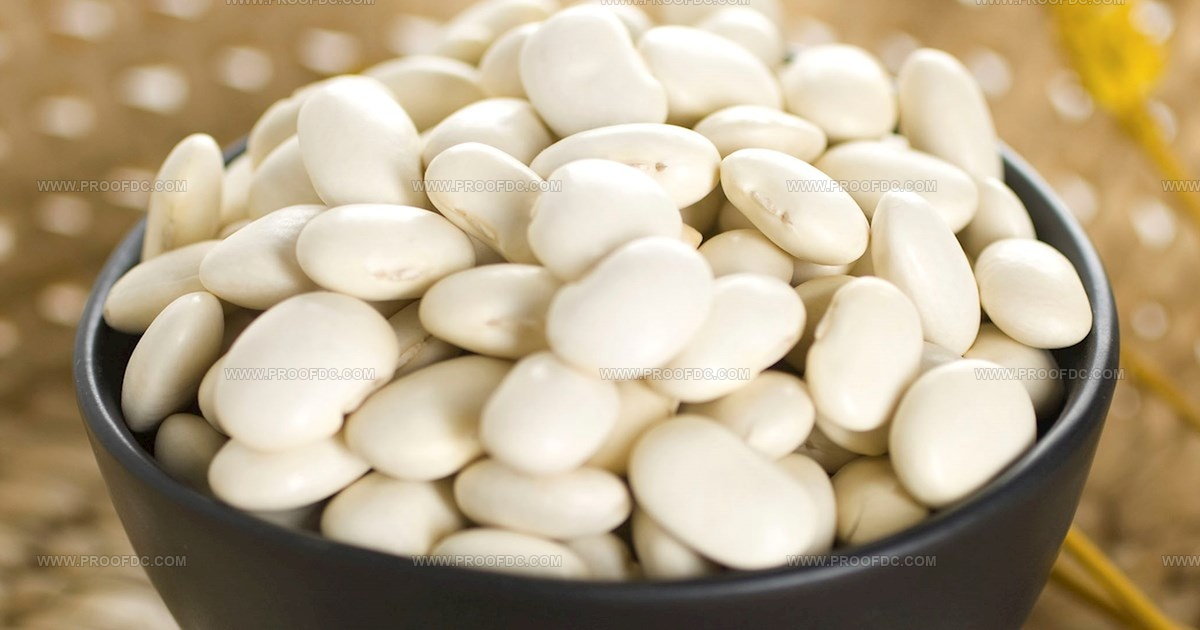
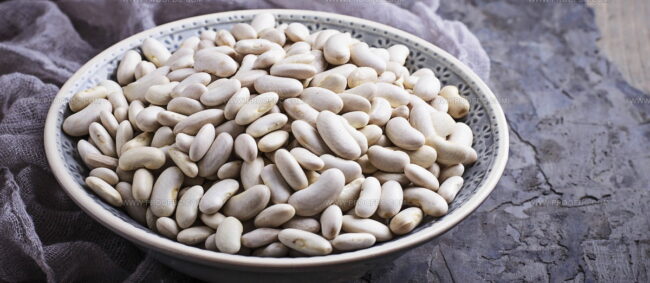
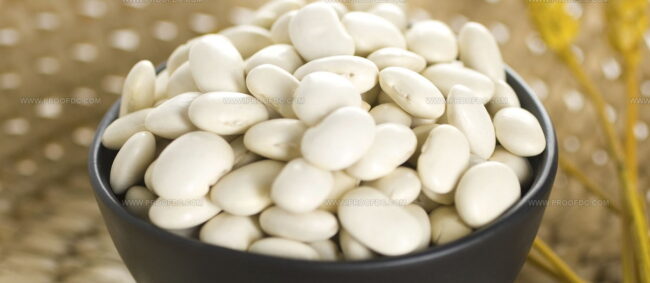
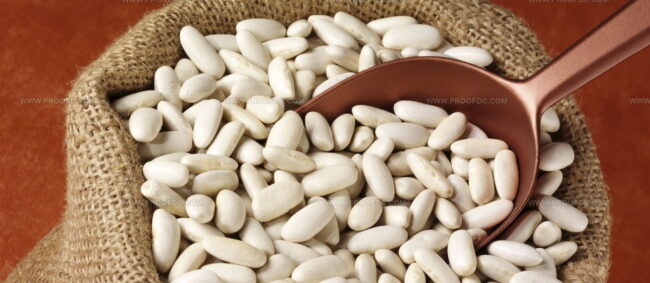
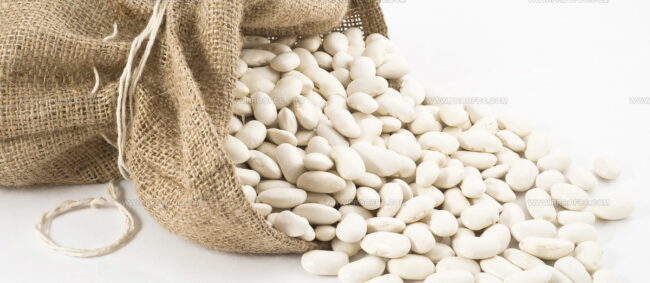
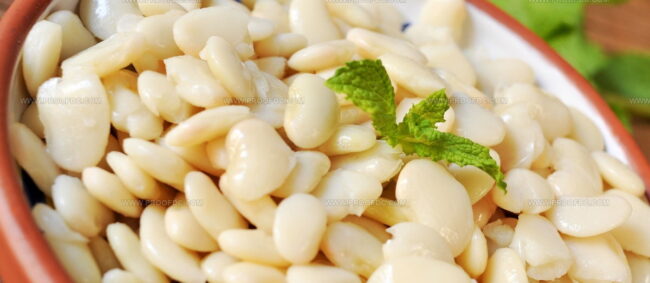
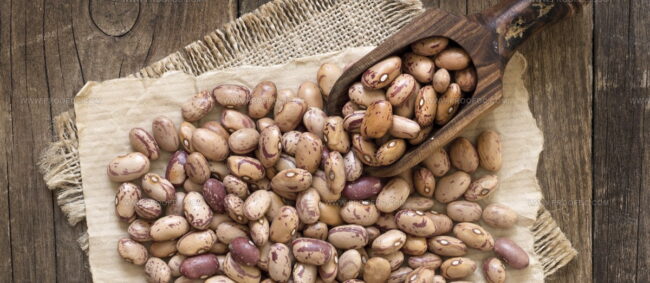
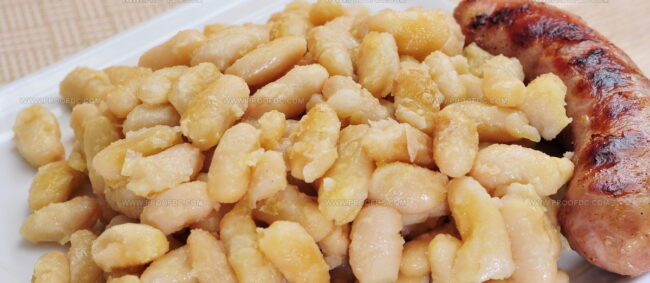
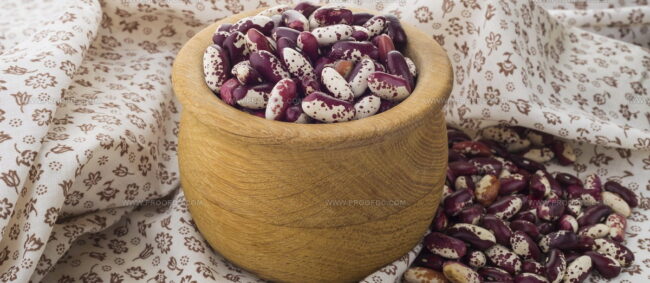
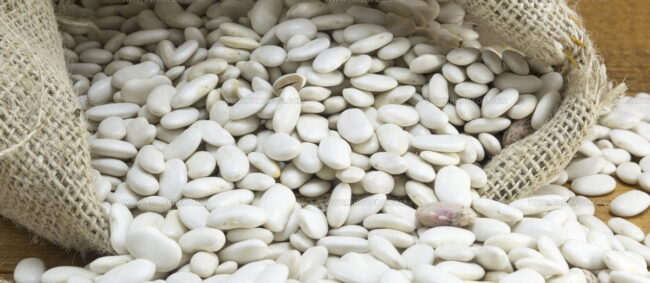
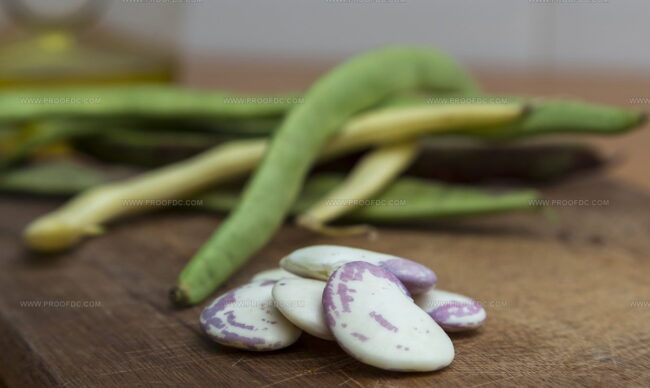
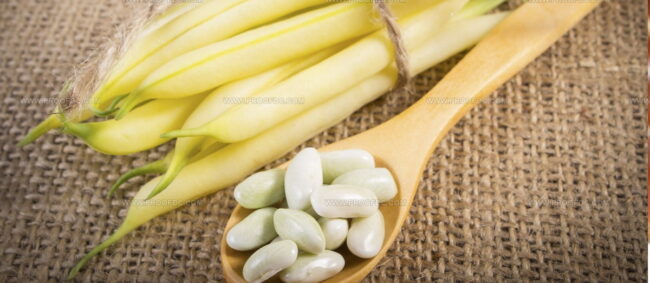
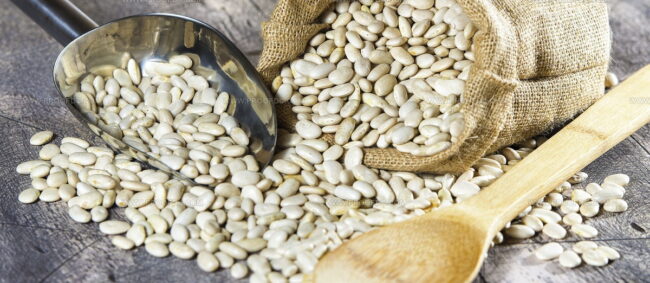
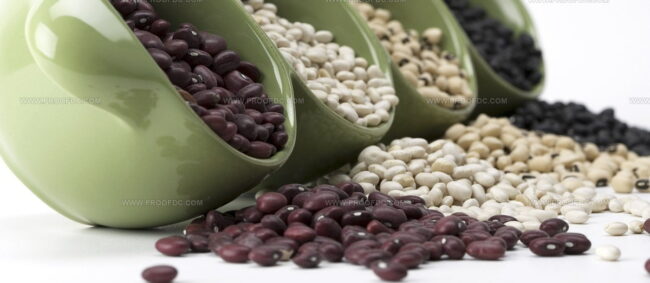
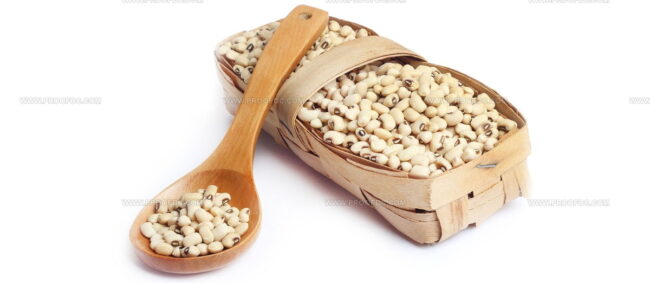
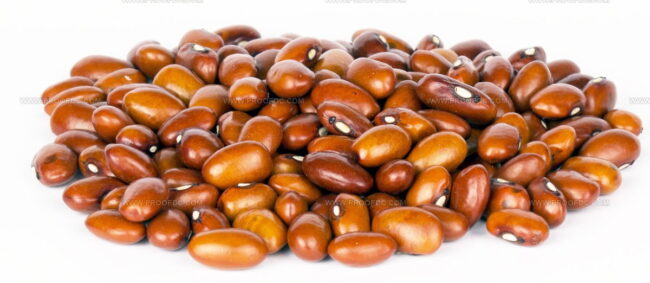
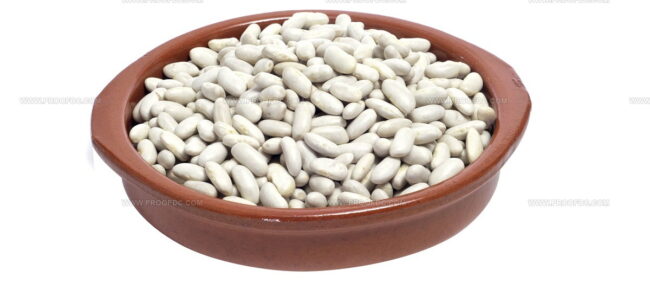
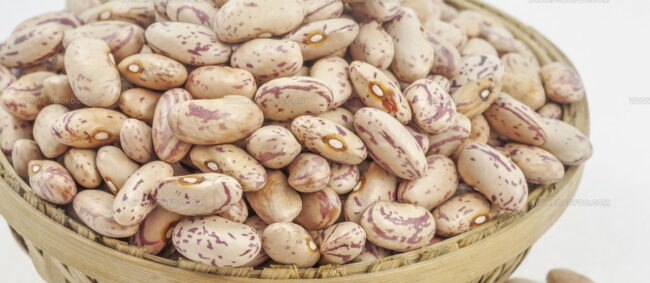
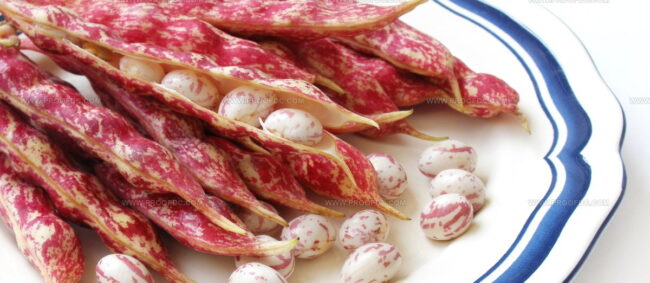
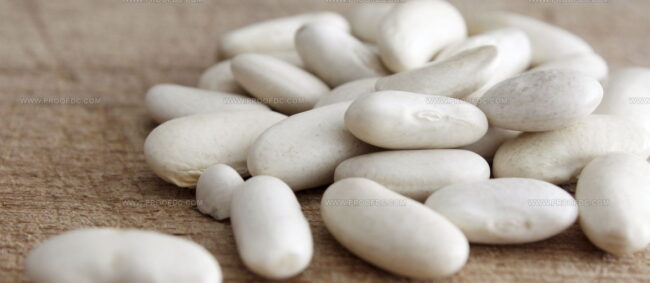


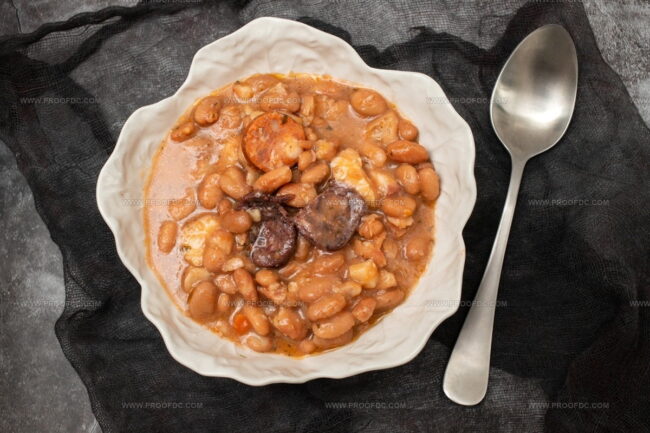
Jenna Stewart
Head Chef & Recipe Innovator
Expertise
Farm-to-Table Cooking; Seasonal Menu Development; Visual Plating Techniques; Flavor Layering and Simple Prep Hacks.
Education
The Culinary Institute of America, Hyde Park, NY
Jenna Stewart is the inventive spirit behind many of our standout dishes at Pro of Delicious Creations. A proud graduate of The Culinary Institute of America, she built her skills mastering both classic recipes and fresh, modern twists.
Now, Jenna celebrates the beauty of seasonal, local ingredients, often sourced from her garden and nearby markets, to create recipes that are bursting with flavor yet easy to follow. When she’s not experimenting in the kitchen, Jenna loves exploring nature on hikes and discovering new treasures at local co-ops.